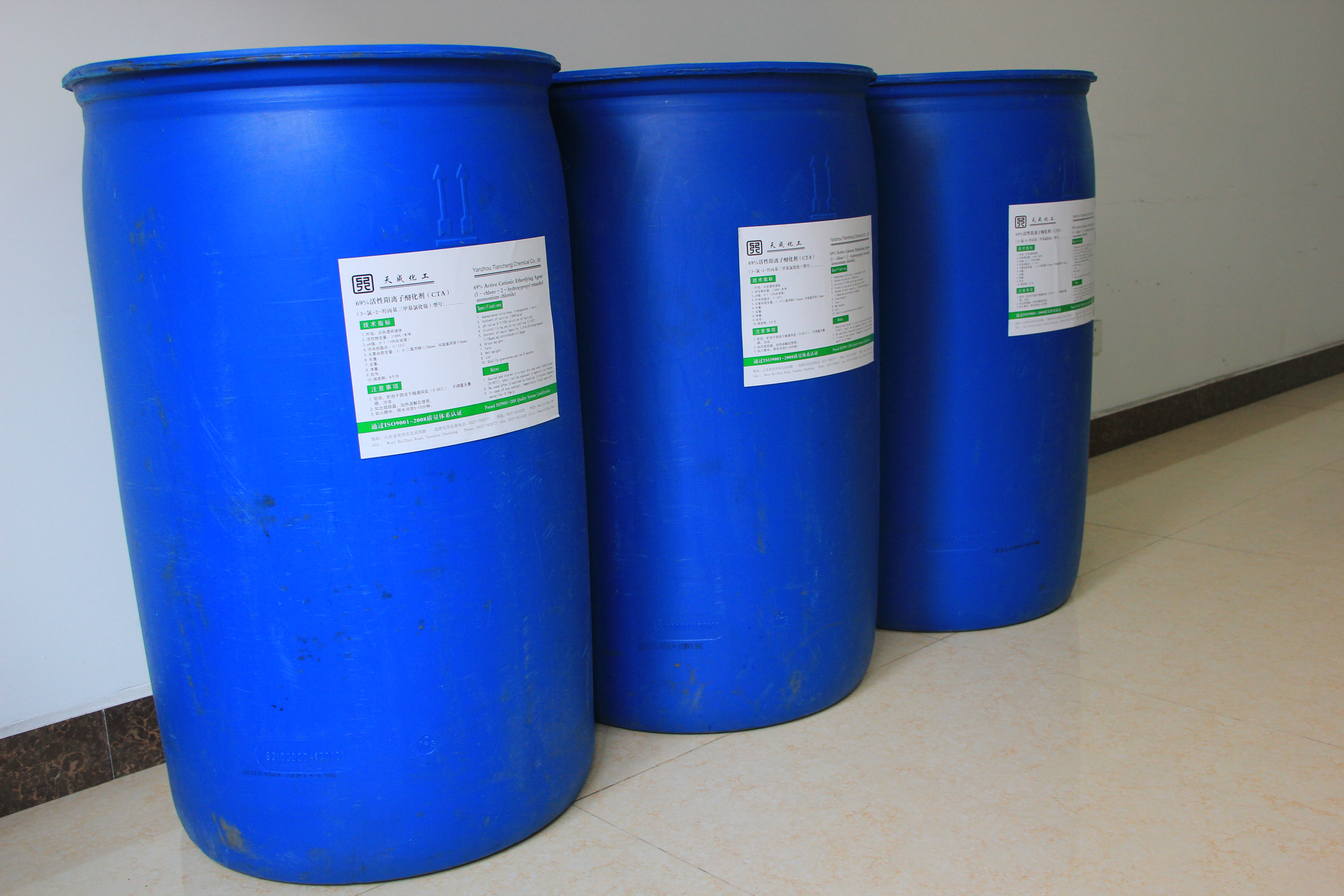Release date: 2007-05-23
Rising global temperatures may increase the risk of schistosomiasis in China, according to new research. Scientists warn that climate change could push the spread of this parasitic disease further northward, potentially affecting regions previously considered too cold for the infection. A study published in the March issue of the Chinese journal *Climate Change Research* highlights how warming trends might lead to a higher density of snails and the blood-sucking parasites they carry. Historically, schistosomiasis has been most common in southern China, particularly along the Yangtze River basin. However, as temperatures rise, the northern regions may now meet the threshold temperature of 15.2°C required for the snail’s development, making them more vulnerable to the disease. “Global warming is likely one of the key factors behind the recent increase in schistosomiasis cases,†said Yu Shanxian, a researcher at the Zhejiang Institute of Meteorological Sciences and the lead author of the study. The researchers found that the period suitable for snail growth and parasite transmission has lengthened over the past few decades. In many endemic areas, the average daily temperature has remained above 15.2°C for an additional 0–15 days, while the period where temperatures are above 5.9°C—essential for snail survival—has increased by 15–30 days. Additionally, the effective accumulation temperature required for the snail and parasite life cycle has shifted one to two latitudes northward. Climate change has also shortened the time it takes for the snail and parasite to complete their life cycle, leading to a rise in their population. While Yu notes that warmer conditions make it easier for the disease to spread, no new regions have yet been reported as free of snails or schistosomiasis due to climate changes. However, previous studies suggest that the snails can survive in northern areas if local temperatures meet their survival requirements. Yang Kun, a researcher from the Jiangsu Institute of Schistosomiasis Prevention and Treatment, emphasizes that climate is just one of several factors influencing the spread of the disease. “Other factors remain unclear,†he said. Both Yu and Yang stress that the northward movement of schistosomiasis should not be ignored, especially in light of the South-North Water Transfer Project in China. According to the World Health Organization, schistosomiasis affects over 200 million people in 74 developing countries worldwide. ——Shanghai Medical Device Industry Association
Also known as electronic chemical materials. Generally refers to the electronics industry uses specialized chemicals and chemical materials, that is, electronic components, printed circuit boards, industrial and consumer production and packaging of various chemicals and materials. It can be divided into substrates, photoresists, electroplating chemicals, packaging materials, high purity reagents, specialty gases, solvents, pre-cleaning dopants, flux masks, acids and etchants, electronic adhesives and auxiliary materials Other categories. Electronic chemicals with many varieties, high quality requirements, small dosage, demanding on the cleanliness of the environment, product replacement fast, large capital investment, higher value-added products, etc., these characteristics with the development of micro-processing technology more and more obvious.
Electronic chemicals, also referred to as electronic chemical materials, refer to the fine chemical materials that are used in the electronics industry. The electronic chemicals are a kind of special chemicals. As far as the properties of the production process are concerned, they belong to the fine chemical industry. In terms of product use, Belongs to the electronic material industry. According to the classification standard of China's national economy, the electronic chemicals industry belongs to "Specialized Chemical Products Manufacturing Industry" (2662); according to the "Guidelines for Industry Classification of Listed Companies" promulgated by China Securities Regulatory Commission in April 2001, it belongs to "Specialized Chemical Products Manufacturing Industry" C4360 ). They include integrated circuits and discrete device chemistries, such as chip production photoresist, ultra-clean high-purity reagents, ultra-clean high purity gas, plastic packaging materials; color TV with chemical materials, such as color phosphor, CPT Supporting the water-soluble resist, high-purity inorganic salts, organic films, etc .; chemical materials used in printed circuit boards, such as dry film resist, ink, chemical and electroplating copper plating solution and its additives, surface mount process conductive paste , Cleaning agents, liquid solder resist photoresist, adhesive patch, conductive adhesive, solder paste, pre-coated flux, clean and water-based process flux; liquid crystal display devices with chemical materials, such as liquid crystal, photoresist , Oriented films, adhesives, slurries, electrolytes, films and encapsulants, polarizers, etc .; polishing materials, ect.

Surface Active Agent Tc-1000,Surface Active Agent Tc-2000,Surface Active Agent,Electronic Chemicals
Shandong Tiancheng Chemical Co., Ltd. , https://www.tianchengchemical.com